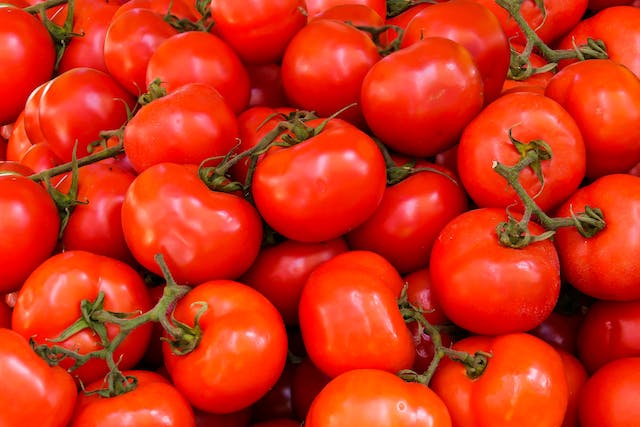
What vegetables came from the New World? There are many, but potatoes, tomatoes, corn, beans, squash, chili, cacao, peppers, and vanilla are good examples. The foods that came from the New World into Europe ended up changing world cuisine in surprising ways.
In the end of the 15th century, Spaniards and other Europeans first reached and then began to colonize the Americas. They called it the New World because Europe was known as the Old World. They found many things that they had never seen before, including a wide variety of vegetables. They started to export things from the Americas to Europe and import things from Europe to the Americas. This trade became known as the Columbian Exchange, after Christopher Columbus. Two of the things they imported that had the biggest impact on the Americas were probably diseases and slaves. The early settlers carried swine influenza and smallpox with them. Europeans had developed some immunity to these diseases, but they had never been seen in the New World and decimated the indigenous peoples. Estimates are that between 80 and 95% of the indigenous people died in the first 150 years. That is an enormous impact. The Europeans also imported slaves from Africa which vastly changed the demographics of the New World. The indigenous people were wiped out and replaced with Africans. In the other direction, it also seems that they imported syphilis into Europe as the origins of the disease can be traced to the crew of Christopher Columbus’s ships.
Many new foods also came out of the Americas. These are foods that we take for granted now, and even associate with some European countries, but they were originally from the New World. We think of Italy as the home of pasta and of the tomato, but tomatoes came from Peru, Ecuador, and Mexico. The word “tomato” comes from the Aztec word “tomatl” and the Spanish brought it back in the early 16th century. It was eaten in Spain and Italy after a while, but in many other European countries it was seen as poisonous. Early tomatoes were probably more yellow in color. The rest of Europe began to eat tomatoes in about 1800, and we see the first recipe for ketchup in 1812.
Potatoes are the staple food of many European countries, and the Irish potato famine decimated the country. However, potatoes weren’t imported until about 1550. It was originally grown in the Andes, but is very versatile and was very easy to grow in European soils. Many people became dependent on it, which was why potato blights and potato famines were so deadly. Cacao, of course, is another famous import. They also reached Europe in the 1550s, but it didn’t become hugely popular until the price of sugar dropped enough for regular people to enjoy it. Cacao on its own is very bitter.
Surprisingly, peppers and chilies came from the New World as well. We associate Indian and a lot of Asian cuisines as being spicy, but they were not originally. Portuguese and Spanish traders brought peppers back to Europe before carrying them on to their trading ports in Indian and Asian countries. The Portuguese had a big presence in South India and chili took off there. The food became spicier. The same in other Asian countries that were connected to Portugal. Chili didn’t reach northern India until the 18th century, so the spicy food we know and love is not actually that old and wouldn’t exist without the Americas.
These days we can buy produce from any country from local supermarkets and we take many of these New World crops for granted. Before the New World was discovered by Europeans, diets were very simple. In most of Europe, people ate meat, although that would depend on their wealth and status. Chicken was a very expensive food, unlike today. Poor people would have eaten whatever meat they could get or kill for themselves. There were leaf vegetables, such as cabbage, lettuce, and spinach. Root vegetables, such as turnips, carrots, parsnips, and beetroot. They had fruits, such as apples, pears, and (depending on the climate), oranges and peaches. They didn’t have sugar until the 12th century and it would have been too expensive for most people to afford. They flavored food with herbs and they sweetened it with honey. They also ate dairy, such as milk and cheese. When the New World foods arrived, it changed cuisine, diets, farming, and even staple crops. And this is what I learned today.
Photo by Pixabay: https://www.pexels.com/photo/abundance-agriculture-fresh-healthy-533280/
Sources
https://www.diasporaco.com/blogs/journal/did-you-feel-the-burn
https://en.wikipedia.org/wiki/Chili_pepper
https://www.bbc.com/travel/article/20200302-the-true-origins-of-the-humble-potato
https://aggie-hort.tamu.edu/plantanswers/publications/vegetabletravelers/tomato.html
https://www.britannica.com/plant/tomato
